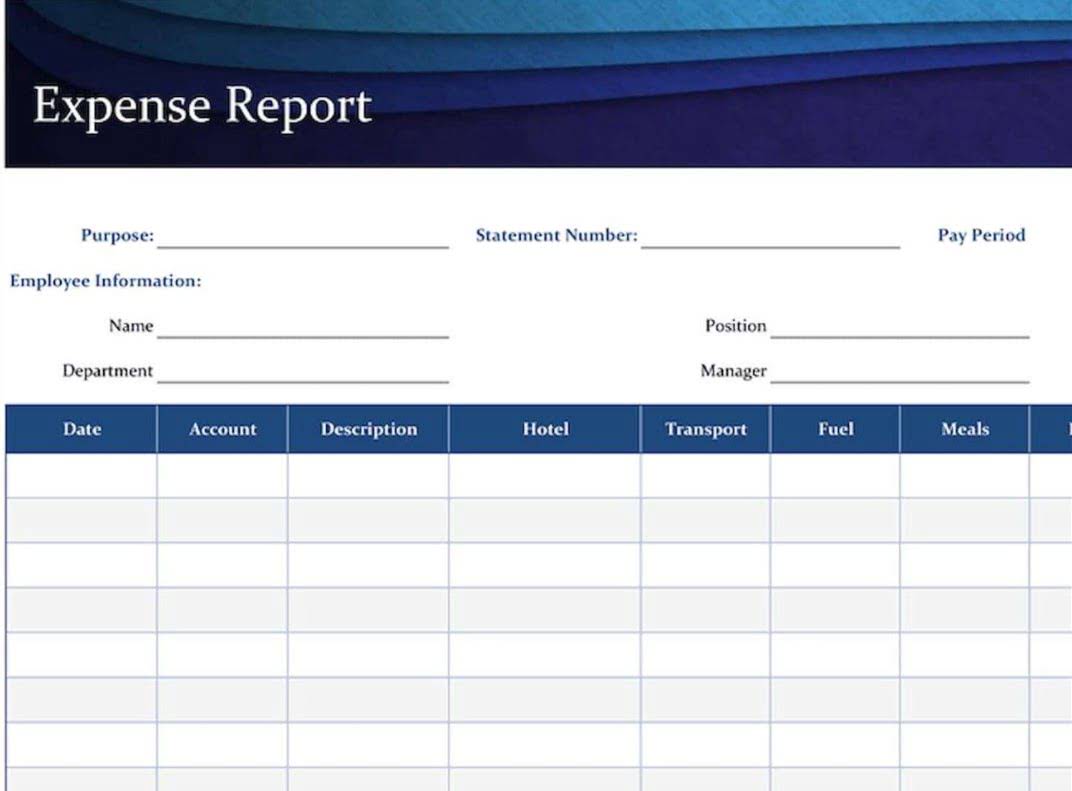Is Overtime Taxed More Than Regular Time in 2025? + FAQs

Independent contractors, who are not considered legal employees, are also https://nguyenphungtoc.com/understanding-double-declining-balance-2/ exempt from overtime law. Other exempt positions include some transportation workers, certain agricultural and farm workers, and some live-in employees such as housekeepers. To meet the new rules, employers may need to update payroll and accounting systems and adjust their reporting to accurately disclose overtime amounts to employees. This provision allows eligible employees to deduct up to $12,500 from their federal taxable income, or $25,000 for those filing jointly, based on the premium portion of their overtime earnings.

What should I do if I believe I am not being paid correctly for my overtime hours?

This is one of the most commonly misapplied exemptions, with an estimated 22% of workers misclassified under this category according to a 2024 compliance study. Time spent working is generally an ineffective metric for performance. Working for eight hours straight doesn’t necessarily indicate productivity.

Today’s Local Savings Rates

For example, you may earn an annual salary of $88,725 within the 22% tax bracket. Working hours of overtime could raise your estimated yearly salary past $89,075, meaning your paycheck would be taxed at 24%. While this provision will eliminate taxes on tip income for millions of Americans, only a fraction of taxpayers may see a meaningful benefit. A study by the nonpartisan Tax Policy Center before the new law went into effect found that households earning $33,000 or less wouldn’t benefit much, as they typically owe little to no federal income tax. Even though federal income tax is not applied to qualifying overtime, Social Security and Medicare taxes still are.
Overtime Pay Calculator – Accurate Wage Calculation
Overtime on production bonuses, bonuses designed as an incentive for increased production for each hour worked are computed differently from flat sum bonuses. To compute overtime on a production bonus, the production bonus is divided by the how much is overtime total hours worked in the bonus earning period. This calculation will produce the regular rate of pay on the production bonus. Overtime on the production bonus is then paid at .5 times or 1 times the regular rate for all overtime hours worked in the bonus-earning period.
- If you are paid by the hour, you can calculate your time and a half rate by multiplying your hourly rate by 1.5.
- In the past, employees would pay the required regular tax on overtime pay, minus various payroll deductions, and pocket the rest.
- With only four months left in the year, employees who receive this additional compensation and employers who need to understand their requirements are starting to ask how this will be put into action.
- In this case, it isn’t your overtime that is taxed more; it’s your entire gross income (your total income before taxes and deductions).
- External salespeople (who often set their own hours) are also exempted from OH overtime requirements, as are some types of computer-related workers.
- If you live in an area where overtime pay varies by state or locality, you can customize the calculator to reflect that.
Employees won’t see immediate changes in their take-home pay on paychecks (unless they adjust their Form W-4 withholding). The benefit is realized when filing federal tax returns; an employee’s taxable income will be reduced by the amount of qualifying overtime, potentially resulting in a larger refund or lower tax liability. Employers must ensure they only report the employee’s eligible overtime, and not OT owed under state law that requires payment of overtime after working more than eight hours. For example, in 2025, California employees must report their full tip and overtime earnings as taxable income because there is currently no state-level deduction. Guidance is still required on how qualified overtime compensation will be defined, adjustments needed to Form W-4, retained earnings and what will transition relief be for taxpayers claiming the deduction in Tax Year 2025.
- The stress will be a bit moremanageable compared to a completely different task.
- By evaluating potential earnings side-by-side, you can make informed choices about how to spend your time and maximize your income.
- Therefore, Ohio’s overtime minimum wage is $15.68 per hour, one and a half times the regular Ohio minimum wage of $10.45 per hour.
- Using an hourly pay calculator allows you to input your current pay and benefits, enabling you to visualize how the new position stacks up in terms of financial benefits and overall satisfaction.
- As a freelance writer, Ken has authored thousands of articles for a wide variety of newsletters, magazines and other periodicals, emphasizing a sense of wit and clarity.


